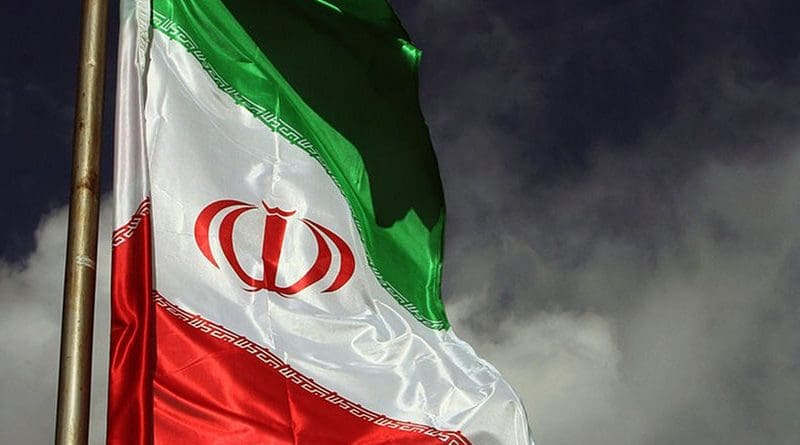Iran: Police Open Fire On Protesters
By Arab News
Iranian police opened fire with live ammunition and tear-gas canisters early on Sunday as protests against the Tehran regime turned violent.
The shots rang out when about 500 young people gathered in the main square and outside a mosque in the southwestern city of Khorramshahr in a demonstration against water shortages and pollution.
Khorramshahr has been the scene of demonstrations for the past three days, along with the nearby city of Abadan. State television showed banks with broken windows and footage of a demonstrator armed with a rifle.
Police fired tear gas as protesters set fire to a bridge, and to a garden surrounding a museum which is a memorial to the Iran-Iraq war.
The protests were the latest outbreak of unrest throughout Iran, following demonstrations and strikes in Tehran last week over economic mismanagement.
Iran has been facing mounting economic woes since the United States in May pulled out of a 2015 accord between Tehran and world powers that had lifted international sanctions in exchange for curbs on the Islamic republic’s nuclear program.
Iran’s currency has plunged almost 50 percent in value in the past six months against the US dollar and inflation is on the rise.
Traders in Tehran’s Grand Bazaar held a rare strike on Monday against the collapse of the rial.
Brief scuffles also broken out on Monday between protesters and police in the capital.
“Iran is experiencing a major political earthquake again,” said the Iranian-American political scientist and Arab News columnist Dr. Majid Rafizadeh.
“The fault lines in these protests are crystal clear,” he told Arab News. “On the one side, we have the theocratic regime and its suppressive forces; and on the other, we have the Iranian people who are protesting for political and economic reasons.
“The growing scope of the protests across Iran’s cities and towns highlight that the Iranian people are fearless, courageous, and fed up with the political establishment. The regime is facing a significant threat to its hold on power.
“There are several similarities with the run-up to the 1979 revolution. The middle class is joining the labor and worker class. Furthermore, many of the merchants and traders, the conservative base of the Islamic Republic, continue to demonstrate against the ruling establishment. And more people from the capital are coming on to the streets. These are major factors that are required for a revolution.”
The Iranian-American political commentator Camelia Entekhabifard told Arab News: “Poverty and massive dissatisfaction with the inefficiency of the system and financial and administrative corruption in Iran are the main causes of the protests and unrest in Khorramshahr.
“Asieh Bakeri, the daughter of an Iran-Iraq war hero from Khorramshahr, said on Twitter that no sound hurt her heart so much as the sound of gunfire she heard on the video footage from the city. Today, the regime is on one side and all the Iranian people, from Mashhad to Tehran and Khorramshahr, are on the other.”
Vice President Eshagh Jahangiri said in statements broadcast on state television that Iran is suffering from several problems, not just US sanctions.
Among Iran’s “woes,” he cited its dependence on oil revenues along with a weak private sector and a fragile banking sector.
Industry Minister Mohammad Shariatmadari told a news conference in Tehran on Saturday that the situation was not “critical” but “special.”
He urged foreign firms working in Iran to resist US “threats” of sanctions and to continue doing business in the country.

